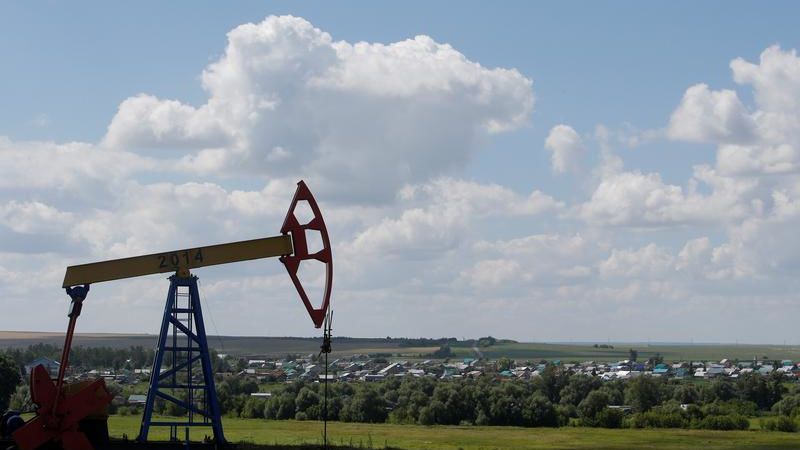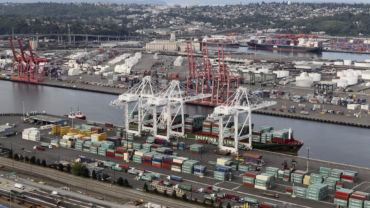In June, I explored the complex world of transactional tax compliance in the oil & gas industry, and today I will discuss challenges facing the “upstream” portion of the energy supply chain — exploration and production (E&P).
Business classifications can have a big impact
Several years ago, a tax refund case was filed in Texas regarding an E&P company claiming some purchases of drilling equipment (casing, tubing, pumps, etc.) constituted a manufacturing use and was, therefore, exempt from sales tax. Litigation ensued and the case eventually went to the Texas Supreme Court which ruled against the oil and gas company and its contention that oil drilling was tantamount to manufacturing and entitled to an exemption from sales tax on equipment and supplies.
States often exempt manufacturing activities from sales and use taxation to attract investment, development, and jobs — so the classification of mineral or mining extraction can determine whether those activities are eligible for such incentives. To ensure upstream companies are in compliance with tax regimes, their tax managers need to understand the legal ground rules in every state and jurisdiction in which they operate and to which they pay taxes.
Well-services taxation creates additional complexity
It’s also important for upstream companies to understand and comply with the varied tax rules and regulations related to maintenance and other services performed on an oil or gas well before and after its in production. This includes well-service activities conducted to assess and measure performance and boost or stimulate productivity from the reservoir.
The Texas Well Services Tax, for example, defines oil well service as any of the following: “cementing the casing seat of an oil or gas well; shooting, fracturing, or acidizing the sands or other formations of the earth in a well; and surveying or testing sands or other formations or their contents. Services may include blending the cement, perforating or cutting the casing, cleaning screens and strainers, pumping charges, and drilling services.”
In this arena, small distinctions sometimes have a big impact — for example, the type of sand used in the fracking process in Texas. Ceramic sand can be taxable, but natural sand exempt. That alone can mean a difference of millions of dollars in sales and use tax liability for a well-services firm.
Compliance starts with the company’s indirect tax policy
For upstream companies, it’s all about “tax governance” and supply chain tax management. Ideally, indirect tax policy should be incorporated into everyday operations such as requisitioning, purchasing, receiving, and paying for and accounting for goods and services (often known as Procure to Pay or P2P.) Here, the tax department needs to navigate complex and varied jurisdictional rules to control budgets and mitigate potential over- or under-payment of indirect (transactional) taxes by having more control over vendor-billed taxes, use tax accruals and the use of direct pay certificates.
A similar dynamic exists in the management of Order to Cash (OTC) activities related to receiving and processing customer sales orders for goods and services and their payment. In this case, corporate tax policy requires a systematic approach for tax calculation covering such things as sales of services, rental equipment charges, tool charges, pre- and post-well installation charges, disposal fees, managing company tax exemptions, and utilizing granular state and local tax incentives.
It is important for E&P companies’ tax determination to accurately address requirements for potentially thousands of products and services, including oil & gas exploration services; industrial pumps and compressors; restoration and reclamation services; measuring, observing, and testing instruments; drilling and exploration equipment; drilling and operations materials; well drilling and construction services; additives; professional engineering services; and automation devices, components. and accessories.
Tax technology is needed to manage the risk and ensure efficiency and accuracy
With a high level of detail, complexity, jurisdictional variation, and judicial and regulatory change to accommodate, upstream companies need automated tax management systems to ensure they are compliant and not over- or underpaying taxes.
In a recent report, the World Economic Forum noted that the oil and gas industry has lagged in deploying digital solutions: “For most of this decade, the Oil and Gas industry has not taken advantage of the opportunities that derive from meaningfully using data and technology,” the report says. “As other capital-intensive industries (such as aviation and automotive) have pushed ahead with revolutionizing their business and operating models through holistic application of digital technologies, the opportunity for the Oil and Gas industry to leverage the transformational impact of digitalization has become more evident. The industry is now beginning to pay heed. There is growing consensus that the Oil and Gas industry is on the cusp of a new era, as a wave of business and digital technologies looks set to reshape the sector.”
Accenture’s 2016 Oil and Gas Digital Trends Report reinforced this idea, noting that oil and gas companies intend to maintain or increase their technology investment. This expenditure is heavily focused on cloud-enabled mobility, analytics, and the Internet of Things, so corporate tax leaders need to make the case for tech solutions that address the unique challenges facing upstream companies as they execute their tax policies.







